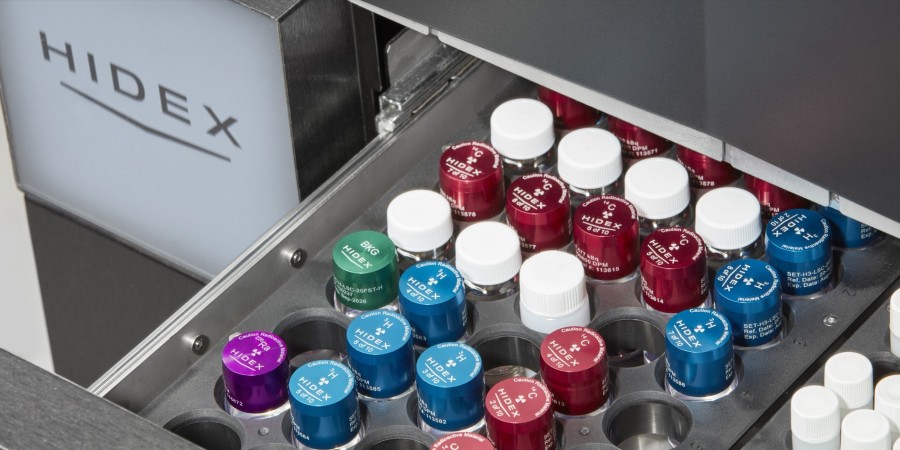The Hidex Biofuel Method: A new solution for carbon analysis in biofuels
3rd February 2025

At a glance
> Hidex have developed a novel method for biogenic carbon analysis in biofuels based on direct detection using liquid scintillation counting.
> This provides a quicker, easier alternative to previous methods such as Accelerator Mass Spectrometry (AMS) for determining a biofuel’s 14C content.
> This method can be performed using the 300 SL, 600 SLe, or ULLA counters, eliminating tedious sample preparation without compromising sensitivity.
Challenges in existing carbon analysis methods
Biofuels are providing a green alternative to traditional fossil fuels for many important uses with the development of different types such as Sustainable Aviation Fuels (SAF) and Hydrotreated Vegetable Oil (HVO). Quantifying the biocarbon component in these fuels can be difficult and has previously relied on analysis by AMS, which can be expensive and tedious, or liquid scintillation preceded by benzene synthesis, which can be laborious.
However, to address a growing demand by fuel producers and regulators, Hidex has developed a direct detection method using LSC. By accurately measuring 14C in a biofuel, producers can demonstrate compliance with renewable energy standards such as the US Renewable Fuel Standard (RFS) or the EU's Renewable Energy Directive (RED II).
Why is there a need to measure 14C in biofuel?
Many commercially available fuels are blends of biofuels and fossil fuels. To determine the ratios, the blended fuel’s 14C content must be measured. With a half-life of 5,370 years, this isotope is only present in the biomass used to produce biofuels, such as crops harvested within a year of planting, whereas it is absent in fossil fuels which have been buried for millions of years to leave only decayed stable isotopes such as 12C and 13C.
How does detection by LSC differ from traditional biofuel measurement?
Direct detection of 14C in biofuels using LSC has been able to overcome many of the limitations of other methods but is also limited by the need for a fossil-based background sample with similar quenching properties. Such a sample maybe difficult to obtain as blended fuels vary widely in color, resulting in a difference of background counts per minute (CPM) and quenching properties.
Hidex has developed a solution to overcome the shortcomings of direct LSC, eliminating the need for tedious sample preparation without compromising sensitivity. The patented Hidex Biofuel Method bypasses the need for a background sample and provides individual calibrations for each customer. Using the Super Low Level models of the Hidex 300 SL and 600 SLe, as well as the new ultra-low level ULLA analyzer and an external standard, a patented algorithm deduces the background CPM and counting efficiency. The counters use the Triple-to-Double Coincidence Ratio (TDCR), and external standard quench parameters determine the background count rate without a fuel-specific background sample.
Find out more
You can find out more about the Hidex's Biofuel Method and counters by clicking the button below to speak to a product specialist directly.